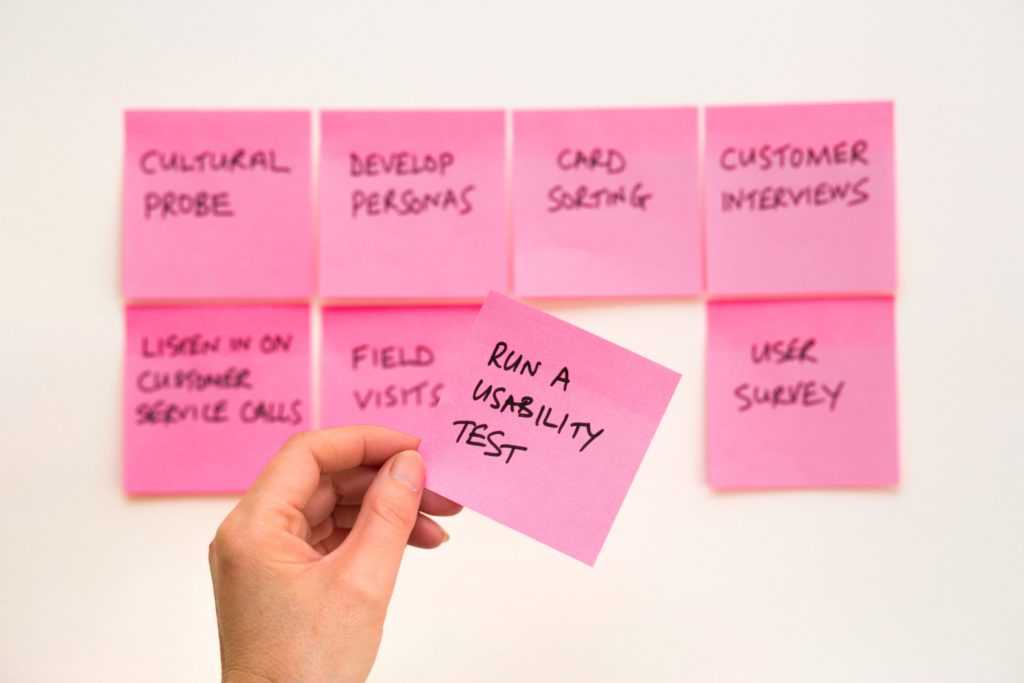Daniel McLaine is a Product Manager for the Global Product Team at Delivery Hero. Over the next few months, he will regularly provide insights on how we are creating a culture of experimentation at Delivery Hero. The first installment with Daniel focuses on how the idea originated and the challenges he faced along the way.
Hey Daniel! Why and how did Delivery Hero start an experimentation team?
Back in fall 2014, I started working for Hungry House, our UK business at that time, and my task was to be specifically 100% focused on A/B testing. This started as just a trial, and eventually became a full-time project with two dedicated team members.
So, after it was introduced at Hungry House, how did experimentation make its way over to Delivery Hero Central?
We started creating monthly reports on the results of our A/B tests at Hungry House, and the Hungry House CEO spread our findings to the other global CEO’s at Delivery Hero. Several of these teams found our work and findings really interesting and asked us to run some experiments for them as well. So, we slowly started some tests for Sweden, Poland, and Finland. After more successes in those countries, the Product Owner who was leading the A/B testing team at the time, Erin McLaine, requested that we move to Delivery Hero Central to spread the word about experimentation globally. This was fully supported by the Hungry House team as well as by DH Central.
What is the structure of your team now and how do you support our global entities?
Currently, the experimentation team at Delivery Hero Central consists of Erin McLaine (Director, Experimentation) and myself. Since moving to the central team, we spent three years working directly with the local Delivery Hero entities around the world to train them and get them up and running with A/B tests and experiments. This training included a variety of topics, such as giving an introduction to A/B testing, reviewing best practices for setting up experiments specifically for Delivery Hero, gathering data and analyzing the results, hosting developer sessions for setting up experiments on web, iOS & Android, knowledge sharing, creating an experimentation roadmap and prioritizing test ideas, and others.
Today, each Delivery Hero entity around the world has the knowledge and the tools to run experiments independently. This is important because each team currently works as an independent unit and has its own roadmap based on current market conditions, competition, and business strategies. Additionally, each market has different customer demographics, ordering frequency, and so on. When the local team is running experiments, they can ensure that they are testing aspects that are most relevant for their market.
At this point, the DH Central Experimentation team focuses on being a “Center of Excellence” for all of the local entities, bringing the local teams together to learn from each other and spreading those lessons globally. Additionally, our job is to stay up to date on best tools, define best practices, and testing strategies.
Why should a company like Delivery Hero have a team for experimentation? What is the purpose of testing?
At Delivery Hero, experimentation is now one of our core values. By running experiments rather than simply launching changes or new features, we are ensuring that all of our decisions are data-driven. This is important because in the past, it was common to launch a new feature to 100% of the audience and simply hope that it would perform well. If it didn’t, the team went into a fire-drill mode or had to make a decision to roll back, which would disrupt the team’s roadmap and slow things down.
Now we have the ability to run experiments on a segment of the audience and make informed decisions which makes it safe to innovate, test and fail and improve or succeed. This is how we are able to build world class products.
How is the experimentation related to our strategy as a company?
Our mission at Delivery Hero is to create an amazing takeaway experience. We need to make sure that our customers find everything they need, successfully place their orders and have a smooth order experience. Experimentation enables us to let our customers decide what they need by letting them test our new features and it helps us build our products in the best way possible.
Where do the ideas for experimentation come from?
The ideas for experiments come from a variety of areas such as competitive research, team roadmaps and current strategy, marketing initiatives, design and UX input as well as customer feedback, of course.
What else can we expect from your upcoming articles on experimentation at Delivery Hero?
In the next edition we’ll dive a bit deeper into our processes of running experiments and talk about the variety of tools we use to conduct the experiment – so stay tuned for the next article in November.

